Sight and hearing organs (38 contents)

Medical cannabis in otolaryngology
In which situations is medical cannabis used in otolaryngology? We present some examples of diseases treated in this way.

Scleral, entropion and ectropion - eye lesions to watch out for
Lesions can appear in the area of the eyeball - whether on the lower or upper eyelid - which require medical consultation. In addition to the so-called sclerosis, other lesions can also appear on the...
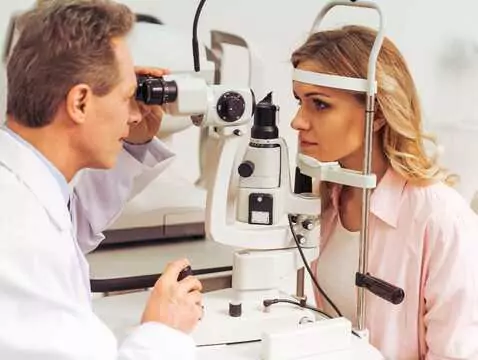
Eyeglasses from the chains, or how not to harm your eyes when buying glasses
Fashionable frames at good prices tempt us in drugstores or chain stores. A quick change of look, low cost - what more could you want? However, if you have impaired vision and decide to choose your...
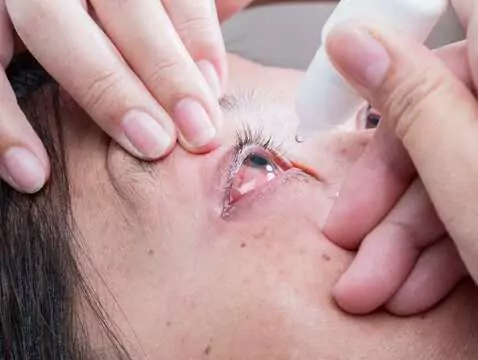
Long-term redness of the eye and its effects
Redness of the eye can be associated with an unpleasant feeling of irritation, discomfort and, as a consequence, even with problems with vision. The problem of red eye should not be underestimated -...

How to protect your eyesight in summer?
The summer sun not only gives us a beautiful tan. The sun's rays also have an effect on our eyes. How can we effectively protect our eyesight?

Perspectives in the prevention and treatment of sensorineural hearing loss
Hearing loss and hearing disorders are today considered a population problem affecting an increasing number of people. Disorders of this sense can have diverse causes and can occur at different ages,...

How to use contact lenses properly?
Do you wear contact lenses? If you want to prolong their life and make your vision more comfortable, it is essential that you follow the correct lens care regimen.

What is phonemic hearing?
Phonemic hearing, also known as phonemic hearing, describes the ability to distinguish phonemes, i.e. words, syllables and individual sounds. Sometimes a diagnosis of a problem with phoneme...

Cleaning ears: what can and cannot be done?
Ear wax is a major source of anxiety for many people, as excessive wax can lead to both discomfort and hearing loss. In the past, ear sticks were mainly used to clean the ears, but nowadays doctors...
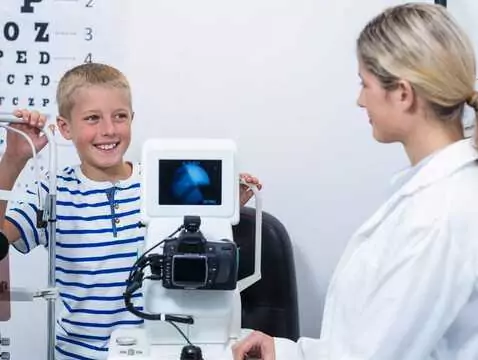
Laser correction of a child's visual impairment
Long hours spent in front of a computer or smartphone screen are increasing the number of people with visual impairment. Thanks to the development of medicine, sufferers (including myopia and...

Why do people lose their hearing as they get older?
On the surface, hearing seems to be not necessarily one of the most important human senses - but this is what people who can hear properly themselves may think. Deterioration of hearing can actually...

Impact of auditory processing on phonological functions
Auditory processing disorders can affect the development of phonological functions and, therefore, speech and literacy development. This is an extremely important aspect, especially in relation to...
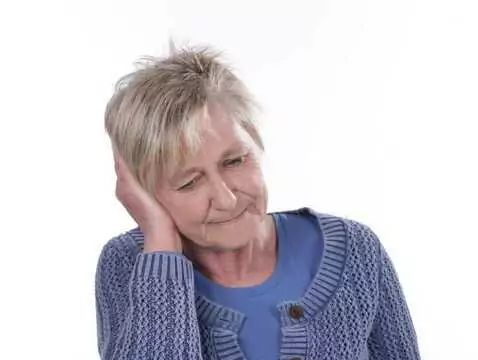
Bone anchored implants as a treatment for hearing loss
Hearing instruments used in patients with hearing loss are based on either air conduction or bone conduction. Bone anchored implants, based on bone conduction, represent a smaller percentage of...

Iron deficiency and associated anaemia can lead to... hearing impairment?
Hearing loss is a problem affecting the sensory organs, iron deficiency anaemia, on the other hand, is a haematological disorder. In theory, it is difficult to find a common denominator between the...

Non-steroidal anti-inflammatory drugs and hearing impairment
One of the more commonly used medicines by patients with analgesic and antipyretic effects are non-steroidal anti-inflammatory drugs (NSAIDs). These agents are available without a prescription, but...
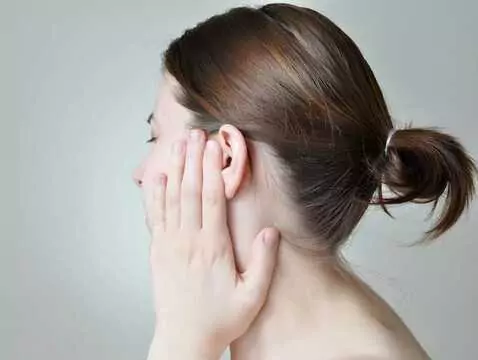
Ear plasty - information about the procedure
The correction of protruding auricles, known as otoplasty, is one of the most frequently performed procedures in plastic surgery. This procedure is not dictated by medical reasons, but only by...

Change in pupil size and shape - causes
The pupil's response to light is independent of a person's will. To most people it appears to be a tiny black spot, this is not true as it is a transparent 'hole' that allows a certain amount of...

Anisocoria, pupillary inequality - causes, symptoms, diagnosis, treatment
The phenomenon of pupil dilation itself was observed centuries ago, although the causes of such a phenomenon were not fully understood, nor was the neuroanatomy or physiology of the brain. Today, it...

Ear leakage in a child
Many children in infancy and early childhood have ear problems. Upper and lower respiratory tract and ear infections are very common. It is important to remember never to underestimate this condition...

Hearing problems in children - causes, symptoms, diagnosis, treatment
Every newborn baby has their hearing tested very carefully before leaving hospital. After that, parents are obliged to have their children's hearing checked regularly (during pre-school and school...














